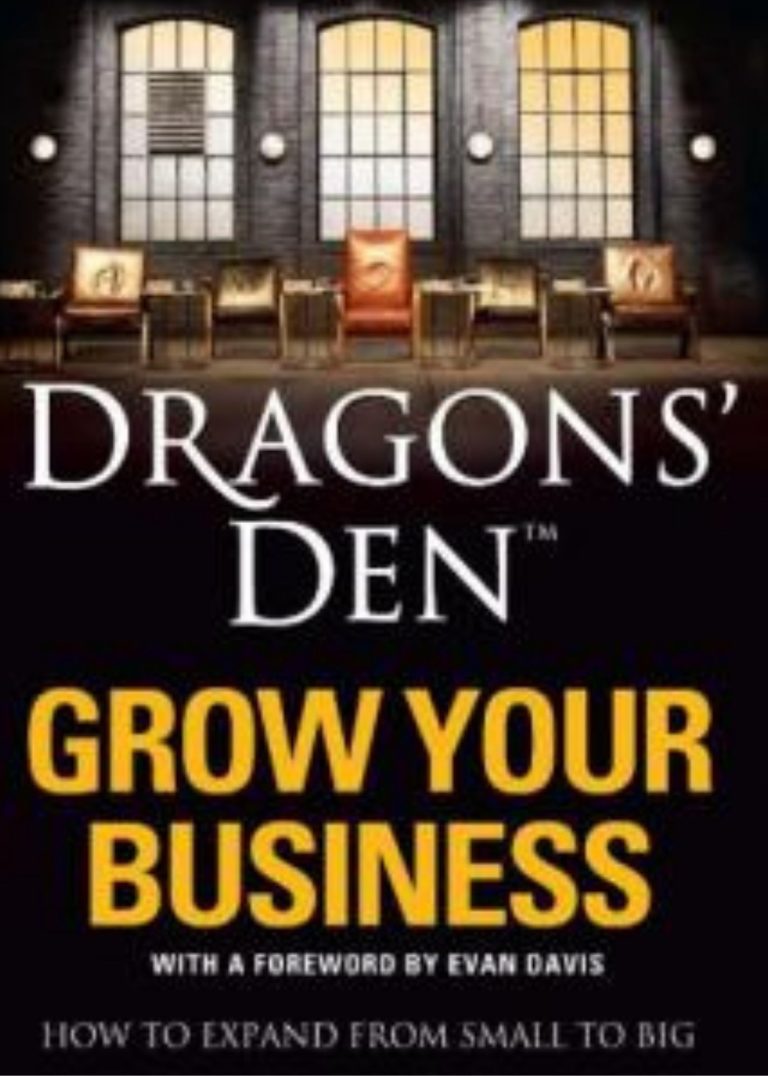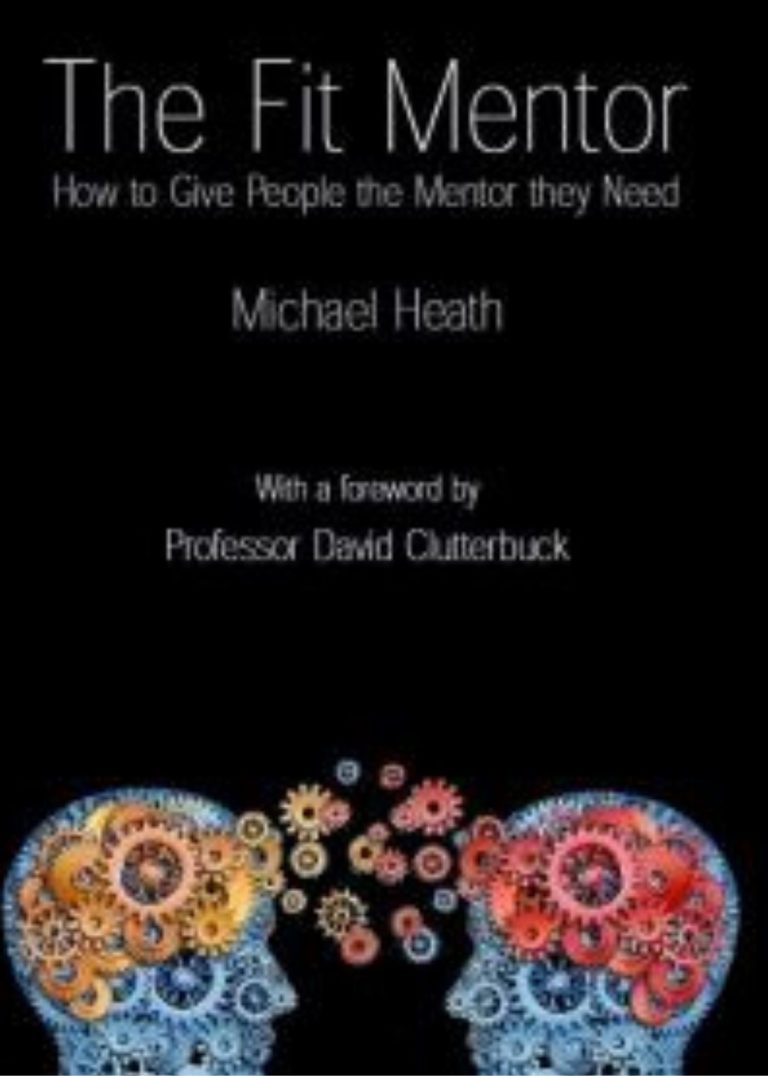If the content theories of motivation are found to be wanting, to which theory can the manager turn? The answer may lie in the more complex process theories, as Chartered Psychologist Dr Lynne Whatmore explains in the second of her three articles that explores the issue of getting more from your people…
Last month I looked at Content theories of motivation and suggested that, even though they still seem to merit a place in every leadership training course, there are other more modern theories that deserve just as much attention.
Today’s theories may be more complex than their well-known predecessors, but they have more potential for analysing current motivation problems. The key theories I’d like to explore include expectancy theory, equity theory and goal setting theory.
Expectancy theory
This theory of motivation – sometimes referred to as VIE theory – concerns itself with three concepts: valence, instrumentality and expectancy. Basically, these are:
- Expectancy: to what extent does the individual believe they will be able to improve their performance if they tried?
- Instrumentality: will improving performance actually lead to some identifiable outcome?
- Valence: how much worth does the individual place on that outcome?
For example, a manager is not satisfied with the number of calls made by one of the members of his team.
He tells the individual concerned they have to increase their new business contacts in order to improve sales. If the person improves their sales by five per cent, they will be rewarded with a cash bonus. The manager leaves the discussion feeling very confident the cash reward will motivate the individual and sales will therefore improve. However, nothing very much seems to happen.
The implications in this example are – does the individual actually believe they will be able to improve the number of new business contacts if they try harder? Does the person have the necessary skills? Perhaps the person isn’t confident that extra effort will produce results. Is there a training issue?
Secondly, does the person believe if they increase the number of contacts, their sales will actually increase? The individual may not be convinced that this will happen.
Thirdly, how much value does the person place on the cash bonus? Do they consider it’s worth the additional effort?
The key here is beliefs. The manager’s confidence in his actions is based on assumptions about what is, in effect, in the employee’s head. If the individual does not believe that extra effort will produce results, or does not value the reward that is attached to those results, then motivation and performance will not be increased.
Although VIE theory is not well used by managers, partly because of its complexity, it does provide a framework for analysing a performance problem and gives managers some pointers for improving motivation. It suggests managers should:
- Make sure staff are confident that they have the skills to reach the required standard of performance
- Set a level of performance that is realistically achievable
- Ensure that people understand exactly what is expected of them and what defines success
- Make clear to people the link between performance and rewards
- Introduce rewards that people value
The last point can be quite difficult because different individuals have differing needs and desires. Managers might need to consider how rewards can be tailored to individual requirements – in fact some companies have now introduced a rewards menu, where the company gives options in terms of salary, holidays, working hours and other benefits. Each individual can choose the package that best suits them.
This system won’t suit all companies, but the principle is the same – check that people actually value the incentive you are offering, otherwise it won’t have the effect you want.
Equity Theory
Equity theory is simpler to understand, but again tends to be overlooked by managers. As with VIE theory, it is based on people’s perceptions. This theory states that job performance will be affected by a person’s beliefs about fairness.
Technically, the ratio of outcomes to inputs has to be perceived as being equal to another person’s ratio of outcomes to inputs. In other words, if Tom believes that Harry gets more than he does for the same amount, or less work, then Tom won’t be happy. Makes sense.
The difficulty is that Tom’s perceptions may not reflect reality. Also, everybody doesn’t put in the same amount of effort, therefore it is actually quite difficult to determine whether the effort:reward ratio is equitable for different individuals.
Probably the most useful aspect of equity theory is in pointing out that people do care about fair treatment. If someone does not believe they are treated fairly in comparison to others, then their performance will deteriorate, even if their manager is absolutely convinced that the person is being treated fairly.
Goal-Setting Theory
Of all the Process theories, Goal-setting theory is currently probably the most used and certainly the most researched. Empirical research has confirmed:
- Difficult goals are more motivating than easy goals, provided the individual concerned is in agreement with the goals
- Goals must be specific rather than general. “Try harder” does not work
- Feedback is crucial. People need to know how they are doing
Overall, process theories tend to have more practical applications in the workplace than do the content theories we discussed last month. Whilst the principles of goal setting are becoming more well known, understanding the key aspects of VIE and equity theory can certainly help managers identify problems and take action to alleviate those problems.
One further issue we’ve yet to explore is that of personality. Next month I’ll be exploring the personality theory of motivation and outline one approach in particular that can help you understand more about raising the performance of your team.






